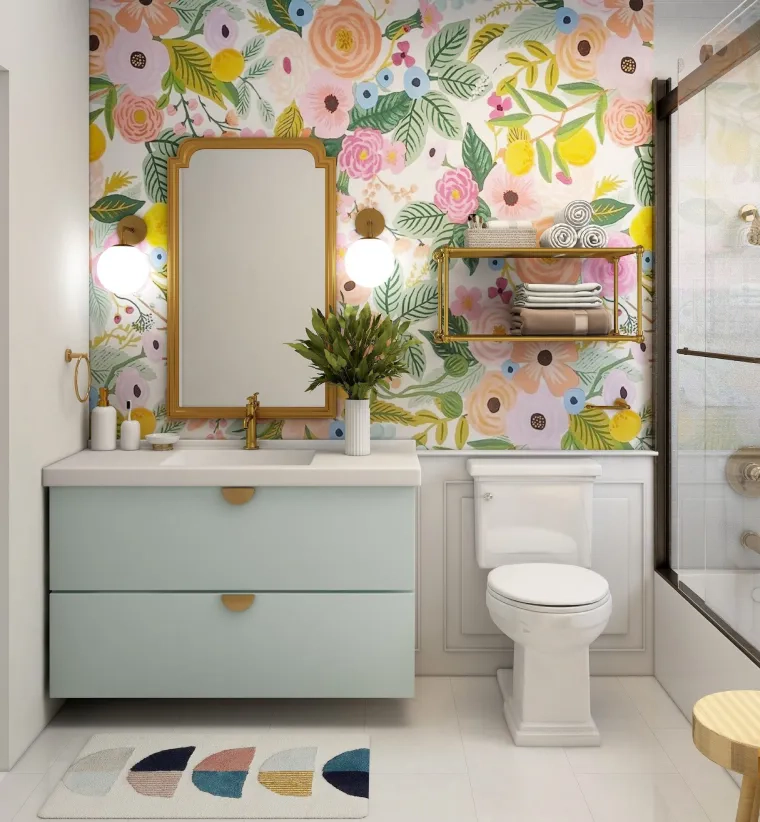
With all of the fixtures in a bathroom that utilize plumbing, there are plenty of ways for water to create havoc.
I’m sure you’re aware of this, but just in case: It’s important to note that if your bathroom plumbing currently has a visible leak, this needs to be repaired as soon as possible. Not doing so could lead to more than just cosmetic damage on your walls, floors, or ceiling. If the leak is left for long enough, floor joists and other structural members may begin to rot and deteriorate, this could eventually compromise the structure of your home.
But don’t panic just yet. Besides having leaks repaired when they occur, here are some ways to prevent leaks altogether.
- Check your toilet. Does your toilet rock when you sit on it or move when you try to push it? Your toilet has bolts on both sides of its base, these should be tightened to firmly secure it to the floor. Why? Between your toilet and the plumbing below, there is a wax ring that seals the area and prevents leaks. If your toilet is loose, the movement of it can deform this wax ring, making it ineffective. If that happens, you may see stains on the ceiling below or water/discoloration on the floor next to the toilet. If left unchecked, this can compromise the floor in the area around the toilet, not to mention this is used toilet water, which is obviously unsanitary.
- How does your caulk look? Caulk should be present between your bathtub or shower pan and the enclosure. And gaps or cracks in the caulk, leave an area for water to get behind and damage the wall. Additionally, if you see staining from mildew/mold behind the caulk, this indicates the water is getting behind it, whether you are able to see the gap or not. Luckily, recaulking is a fairly easy process, just remember to remove the old caulk first.
- Check your under sink cabinet. If you have a cabinet under the sink, its a good idea to check every so often to make sure none of the pipes it houses are leaking. If anything is amiss, have it taken care of right away. While this is less likely to lead to structural damage, it will definitely damage the cabinet itself and possibly the items contained in it.
- What about excess humidity? Ideally, your bathroom should have an exhaust fan to deal with excess moisture that can lead to issues with mold and mildew, but many older homes do not have these installed. If you’re noticing condensation on your walls and windows after showering, consider leaving the window or door to the bathroom open during and after showering. In addition, wipe down the affected surfaces to prevent the condensation from evaporating and further increasing the humidity. If you’re having these issues even with an exhaust fan, it’s a good idea to have the fan serviced to make sure it’s functioning and installed correctly.
Use these tips to keep water where it belongs and out of your home’s structural members!